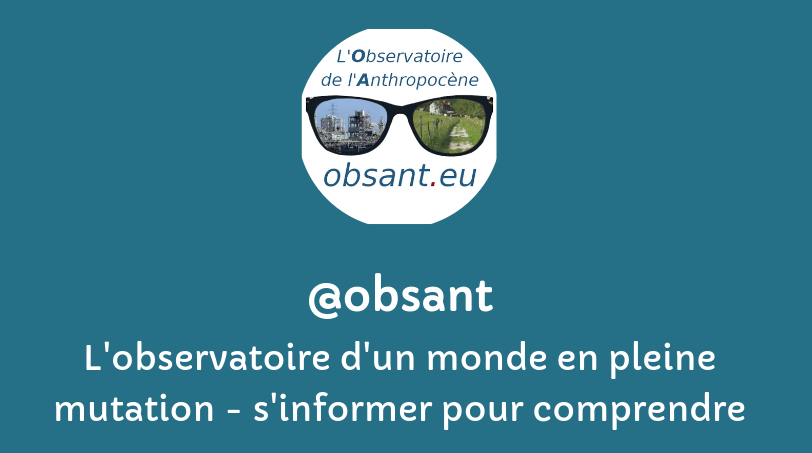Les champs auteur(e)s & mots-clés sont cliquables. Pour revenir à la page, utilisez le bouton refresh ci-dessous.
filtre:
microplastic
A microplastics and toxic chemicals expert says her family doesn't wear shoes at home. Microplastics from car tires and garbage, as well as street runoff, can be tracked indoors on shoes. The researcher thinks her kids' Japanese heritage helped them adopt the habit.
The exponential rise in microplastic pollution over the past 50 years may be reflected in increasing contamination in human brains, according to a new study. It found a rising trend in micro- and nanoplastics in brain tissue from dozens of postmortems carried out between 1997 and 2024. The researchers also found the tiny particles in liver and kidney samples.
Plastic pollution and forever chemicals are so widespread they’re even in the rain, putting public health and natural ecosystems at risk.
Microplastics have been found for the first time in human ovary follicular fluid, raising a new round of questions about the ubiquitous and toxic substances’ potential impact on women’s fertility. The new peer-reviewed research published in Ecotoxicology and Environmental Safety checked for microplastics in the follicular fluid of 18 women undergoing assisted reproductive treatment at a fertility clinic in Salerno, Italy, and detected them in 14.
Our study presents a global assessment of microplastic pollution’s impact on food security. By analyzing a comprehensive dataset of 3,286 records, we quantify the reduction in photosynthesis caused by microplastics across various ecosystems.
Microplastics and nanoplastics may be present in food, primarily from environmental contamination where foods are grown or raised.
Microplastics are ubiquitous environmental contaminants for which there are documented human exposures, but there is a paucity of research evaluating their impacts on human health. We conducted a rapid systematic review using the “Navigation Guide” systematic review method. We searched four databases in July 2022 and April 2024 with no restriction on the date.
The contaminants have also recently been found in testes and semen amid concerns about falling male fertility
Microplastics and nanoplastics (MNPs) are emerging as a potential risk factor for cardiovascular disease in preclinical studies. Direct evidence that this risk extends to humans is lacking.
Scientists express concern over health impacts, with another study finding particles in arteries
Microplastic pollution reduces energy production in a microscopic creature found in freshwater worldwide, new research shows. Paramecium bursaria contain algae that live inside their cells and provide energy by photosynthesis. The results of a NEW STUDY showed a 50% decline in net photosynthesis—a major impact on the algae's ability to produce energy and release oxygen
Filter-feeding whales are consuming millions of particles of microplastic pollution a day, according to a study, making them the largest consumers of plastic waste on the planet. The central estimate for blue whales was 10m pieces a day, meaning more than 1bn pieces could be ingested over a three- to four-month feeding season. The weight of plastic consumed over the season was estimated at between 230kg and 4 tonnes.
When more than one type of pollution gets wrapped up in the same space, the result can be pretty darn yucky—not to mention dangerous. And the gobs scientists discovered recently on the beaches of the typically picturesque Canary Islands certainly fits the bill.
Microplastics are deposited in river floodplains and carried down to deeper levels, according to a study published in the journal Science of the Total Environment. Local topography, frequency of floods, and soil characteristics can affect the amount of plastic particles that are deposited and potentially carried into deeper soil.
The term 'microplastic' was coined just 18 years ago, but already they seem to be just about everywhere. Each year, the average human consumes an estimated 74,000 particles of plastic with unknown health effects. In March of this year, scientists announced they'd found microplastics flowing through our very veins.
![]()



